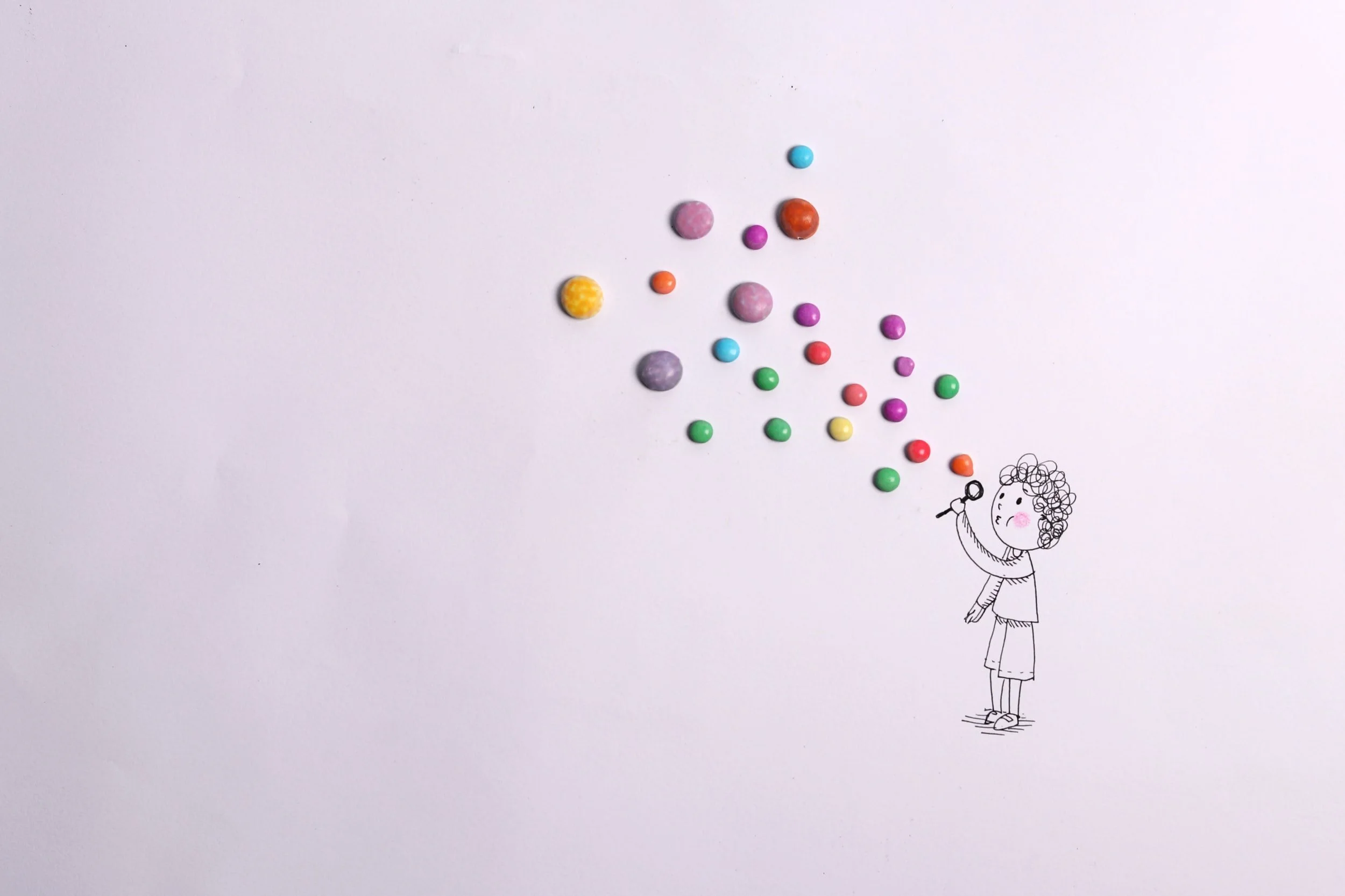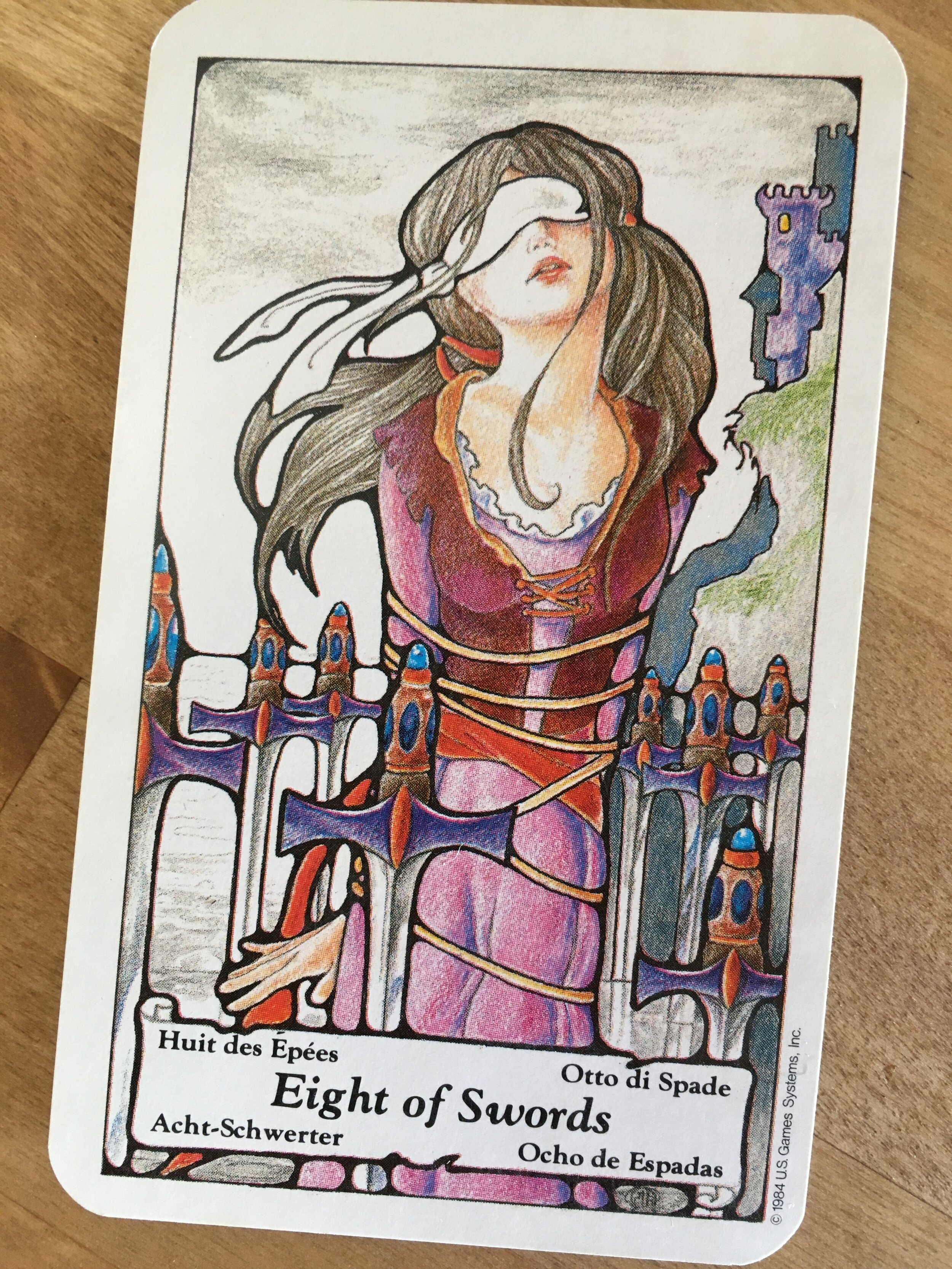Soothe Your Stress
/We all have stressors in our lives in one form or another. Some, like a slow commute, are easy to brush off. Others are more challenging to shake, like a toxic workplace. No matter the form your stress takes, you can work with your body and your breath to release it and feel calmer and more in control.
Your Body on Stress
When you’re in a stressful situation, your body reacts. Stress hormones (cortisol and adrenaline) spike. Your heart rate increases, and your ears ring as your sympathetic nervous system initiates the fight, flight, or freeze response. Your blood pressure spikes, and your digestion slows; resources are diverted to deal with the perceived threat. This response benefits you when you are in danger and need to run, hide, or fight for your life. Most often, however, that’s not the case.
Unfortunately, the amygdala, the part of the brain that triggers the fight, flight, or freeze response, hasn’t evolved enough yet to differentiate between modern-day stressors like being late to pick the kids up from soccer practice and primitive ones like being chased by a lion. Often, we are left feeling the effects of stress unneccesarily – and constantly. We might feel:
● Anxious
● Overwhelmed
● Distracted
● Irritable
● Depressed
Acute Stress
Acute stress is an individual event or moment that activates our stress response. These stressors may occur in everyday life, such as getting cut off in traffic or waking up late for work, or they may be more isolated occurrences, like a car accident or other traumatic event. Whether common or isolated, they can significantly affect your body, especially if you are unable to manage stress effectively.
Chronic Stress
For some people, these everyday stressors add up to create environments of chronic stress which are patterns or situations out of the individual’s control. It could be caused by poverty, a dysfunctional or abusive relationship, ongoing illness, or a terrible job you can’t afford to lose. An unending cycle of stressful situations can cause people to feel depleted, stuck, and hopeless. Chronic stress can also be caused by not managing the effects of everyday stressors, leading to burnout.
Coping With Stress
An emotional response to stress can lead to coping behaviors that feel good in the moment. You might try to distract or numb yourself; drinking and the use of other substances are common ways people deal with stress. However, these behaviors don’t address the source of anxiety or other stress responses happening in the body, and they can lead to more significant problems.
There are better, more effective methods to relieve and release stress from your body. Whether it is acute or chronic, many of the same techniques to process stress can help.
The Connection Between Breath and Stress
We often take our breath for granted because our bodies constantly breathe without the need for us to control or even be aware of the action. However, your breath can say a lot about how you’re feeling – if you pay attention.
What Can Your Breath Tell You?
In this simple practice, do not attempt to control your breath. Simply witness your body breathing.
Observe:
Is your breath shallow, or is it deep?
Is it fast or slow?
Is it high in your chest or down in your belly?
What do these observations tell you?
Fast, shallow breathing that moves high up in our chest indicates stress. This is the breath of panic attacks or being out of breath after vigorous activity.
Deep, slow breath that moves your belly in and out is calm. We often hear this type of breathing pattern cued in a yoga or meditation practice because of its soothing and grounding effect.
If your breath is in the middle, gently expanding and contracting your ribcage, that’s a neutral breathing pattern. Ideally, this is where you should be breathing most of the time.
Connect to Your Breath
“Connect to your breath” is something I often find myself saying as a yoga teacher. What does it mean?
At its most essential, it means becoming aware of the air entering and leaving your body. Oxygen goes in, and carbon dioxide goes out. But when you dig deeper, you’ll find that your breath anchors you into the present moment.
Bringing awareness to your breath means coming out of your mind and into your body. The simple act of observing your breath can have a calming effect, as it stops your mind from racing and reacting to whatever is happening around you. It grounds you into embodiment.
Often, this alone might be enough to stop the effects of stress. If you need something more powerful, intentional breathwork can help.
Calming Breathwork
Once we have noticed and observed our breath, we can start to guide it to help calm our bodies. In yoga, we call this pranayama. In Sanskrit, prana means "vital life force," and yama means “to gain control.” In yoga, we believe that the breath moves prana in the body, making pranayama a method to work with the life force energies. Utilizing our prana for relaxation is one way to use the breath. It can also be used for the opposite effect.
Here are three stages of calming breathwork for you to try:
Slow your breathing. Start by extending your exhales to be longer than your inhales. Focus on expanding your belly as you inhale and contracting it as you exhale. This movement in the abdomen stimulates the vagus nerve, which kickstarts the body’s calming response.
Take the calm up a notch with a purposeful sigh. Inhale deeply, expanding your belly and chest as you breathe in. Then, allow the air to rush out of your body uncontrolled. We often instinctually sigh as we enter a relaxed state. Doing it purposefully can bring the same calming effects.
Taking that action even further, try what Jill Miller, author of Body by Breath, calls “Chocolate Chip Breath.” Inhale deeply into your belly, then take a secondary sip of air into your chest. Once your lungs are full, sigh all of the air out. If it feels available to you, adding a two- to three-second pause when your lungs are filled with air can have additional calming effects.
There is no need to wait until the next time you feel stressed to try these breathing patterns. It may help to practice these techniques when you are not stressed so they’re ready when you need them. Try each one and notice how you feel afterward.
You can get the calming effects of these breathing techniques anytime and anywhere. All you need is a moment to check in with yourself and connect to your breath.
Ashley Vasas, RYT500: Ashley is passionate about sharing the power of yoga, movement, and philosophy to help her students open themselves up to vibrant health, joy, and connection to self. She was a yoga practitioner for years before being called to share this beautiful practice with others. After discovering the transformation that yoga can offer, Ashley was inspired to help others who feel disconnected from their body and spirit. Today, Ashley helps her students connect with their potential through yoga, meditation, and self-love. Ashley is devoted to deepening her yoga knowledge and earned her RYT-500 advanced training in 2022. She has studied many yoga modalities to serve her students’ unique needs, including Vinyasa, Hatha, Yin, pre-and post-natal, Yoga Nidra, meditation, and Yoga Tune Up®. When she’s not on the mat, Ashley enjoys cooking, gardening, traveling, and spending time with her husband and cats.
















